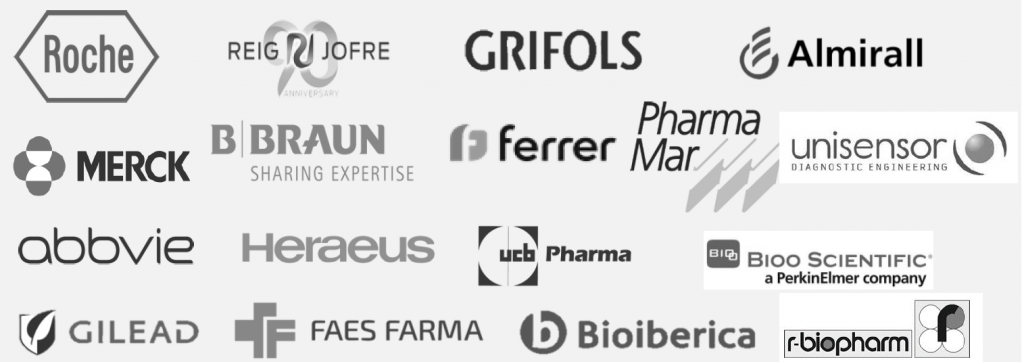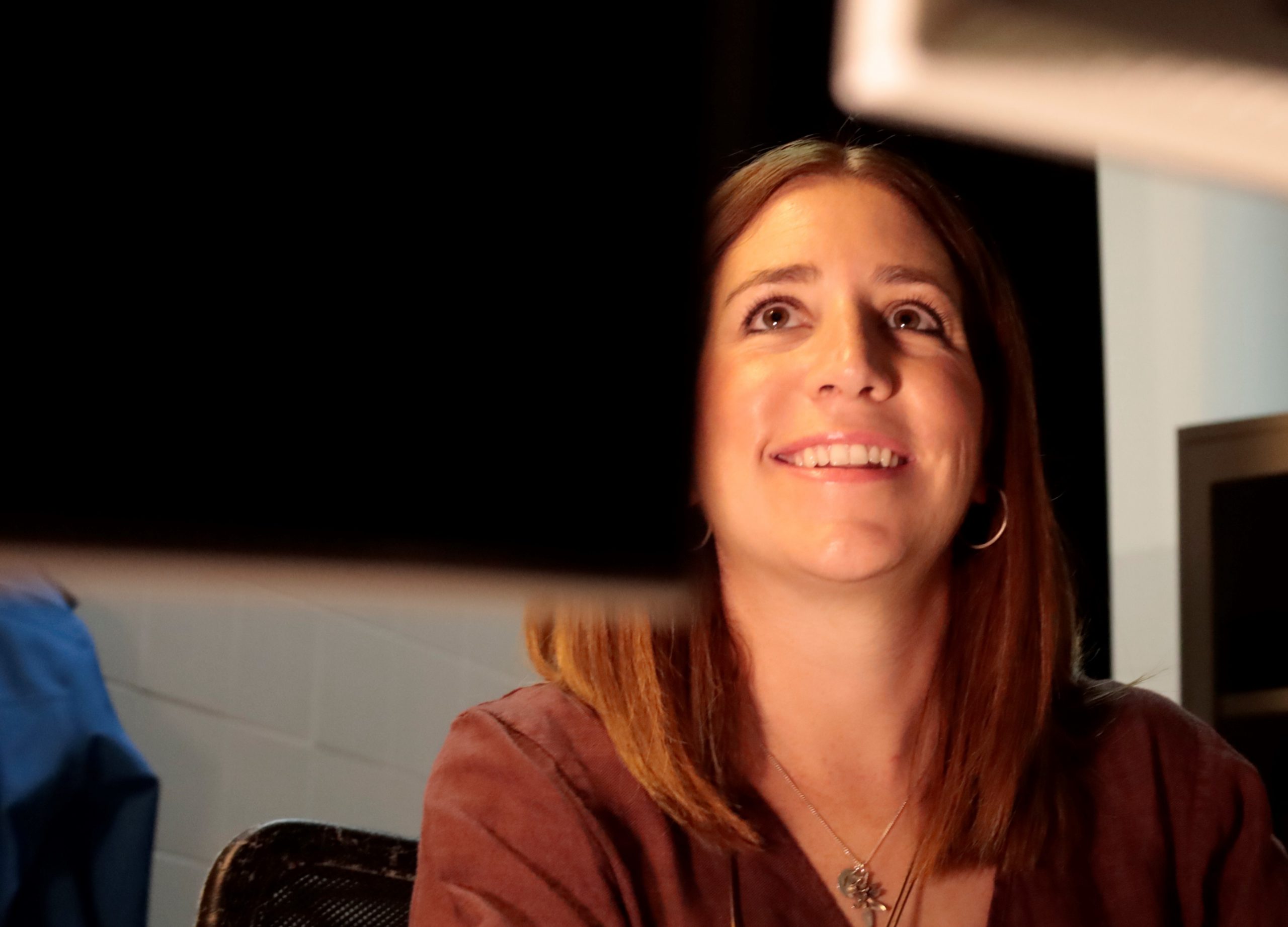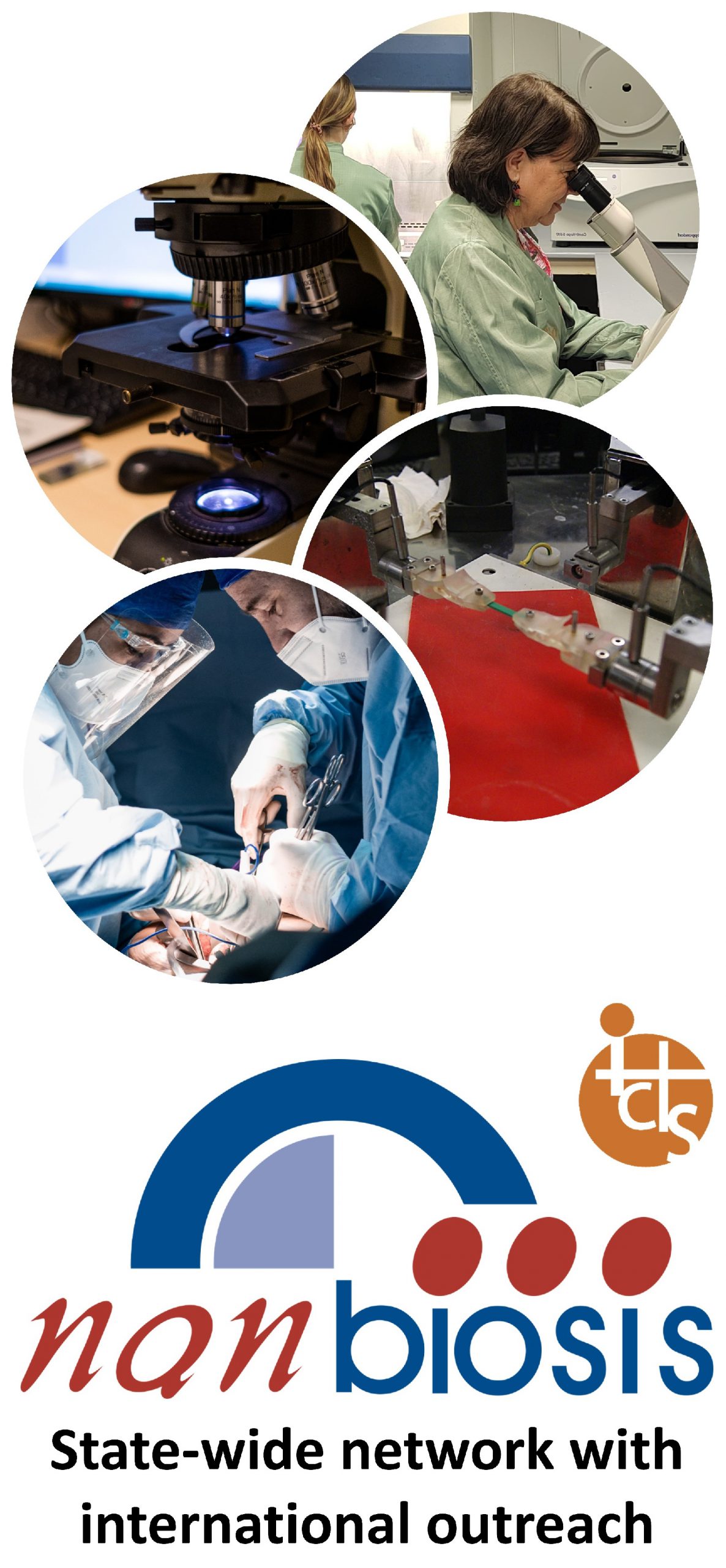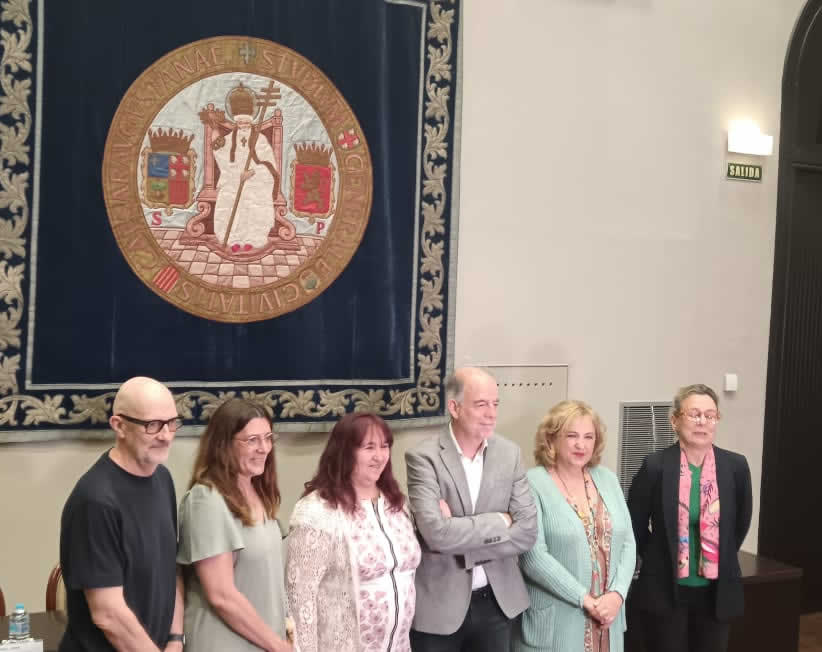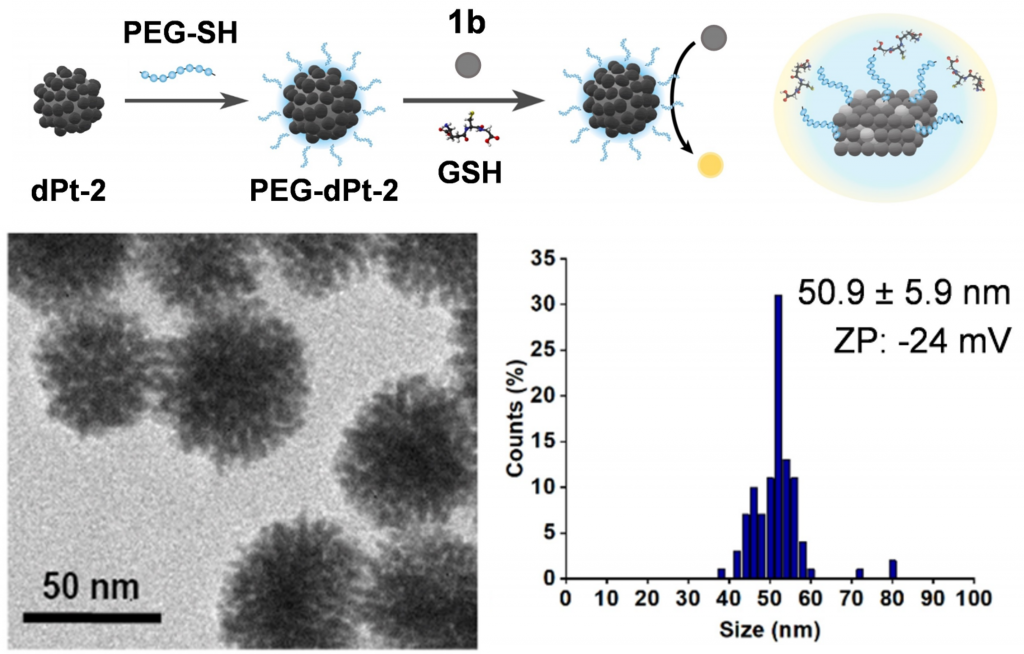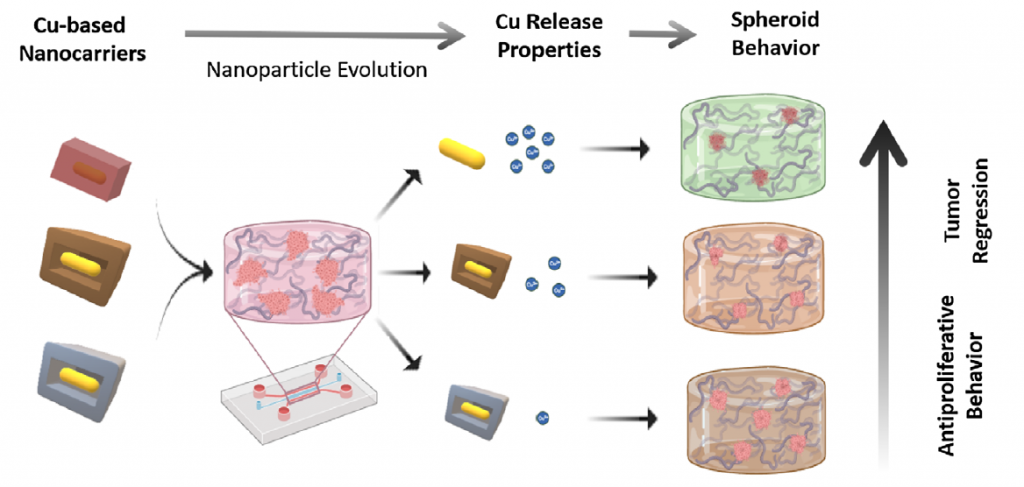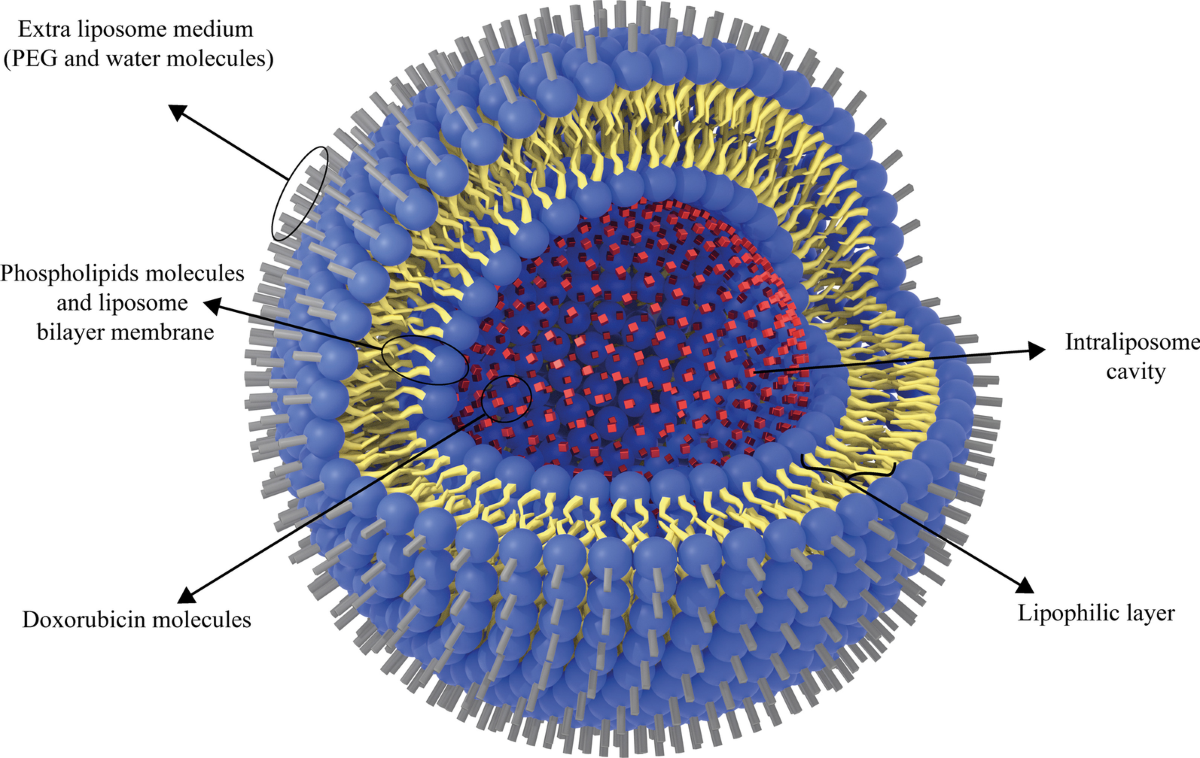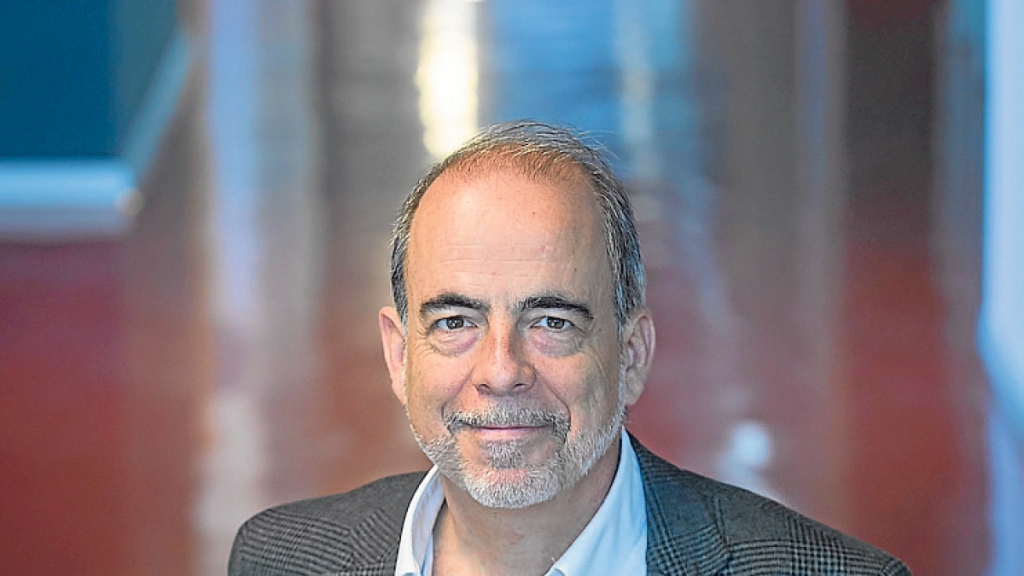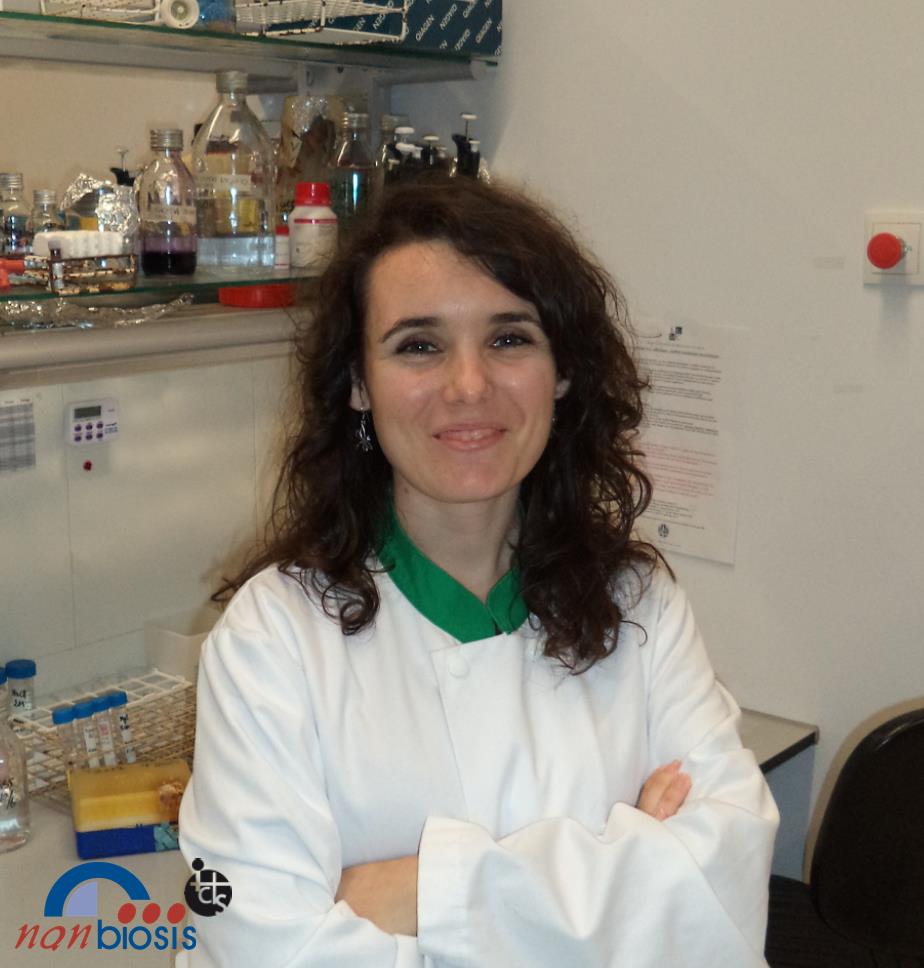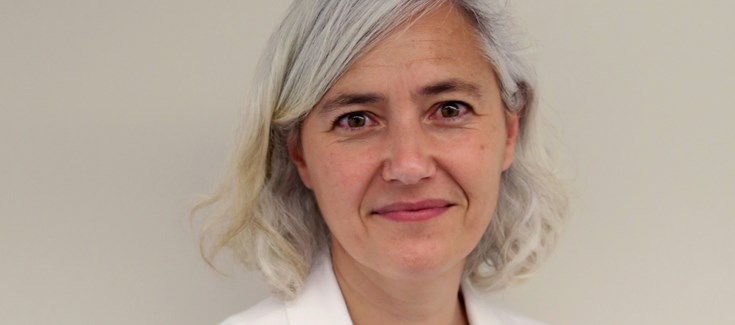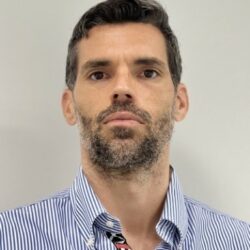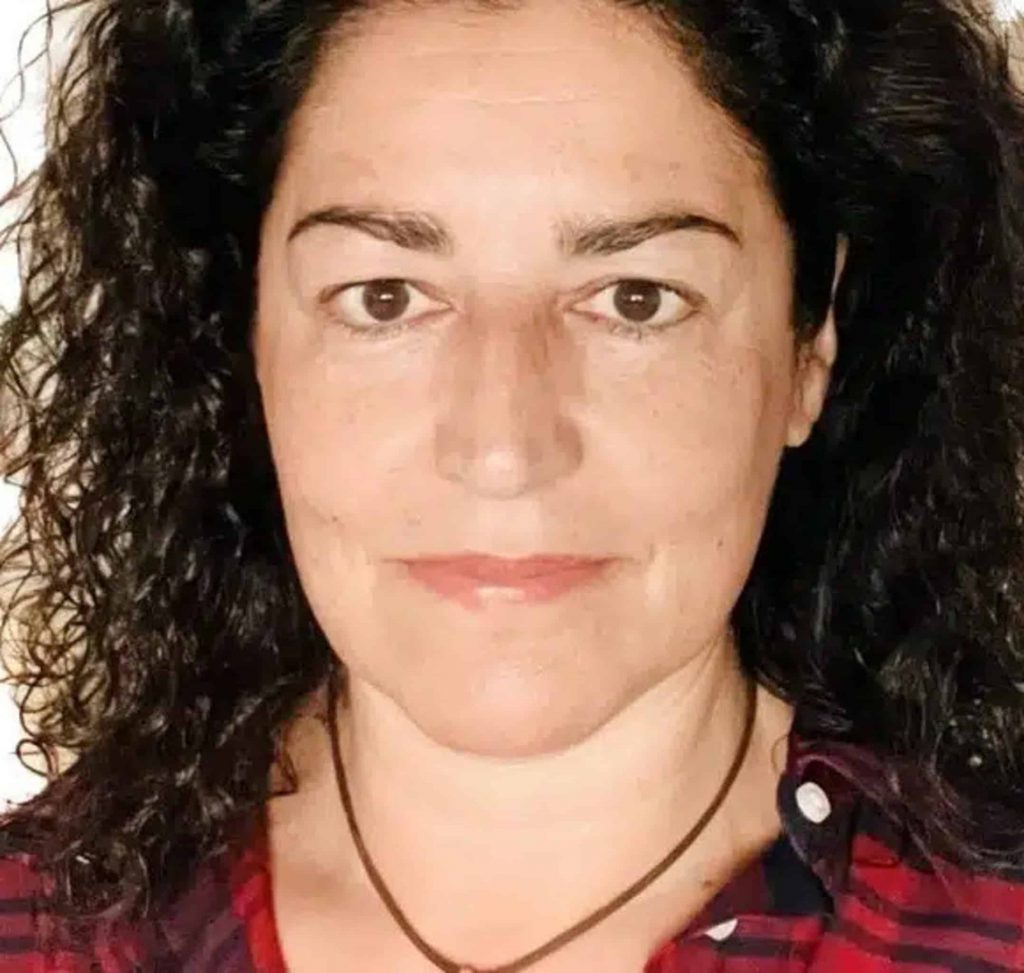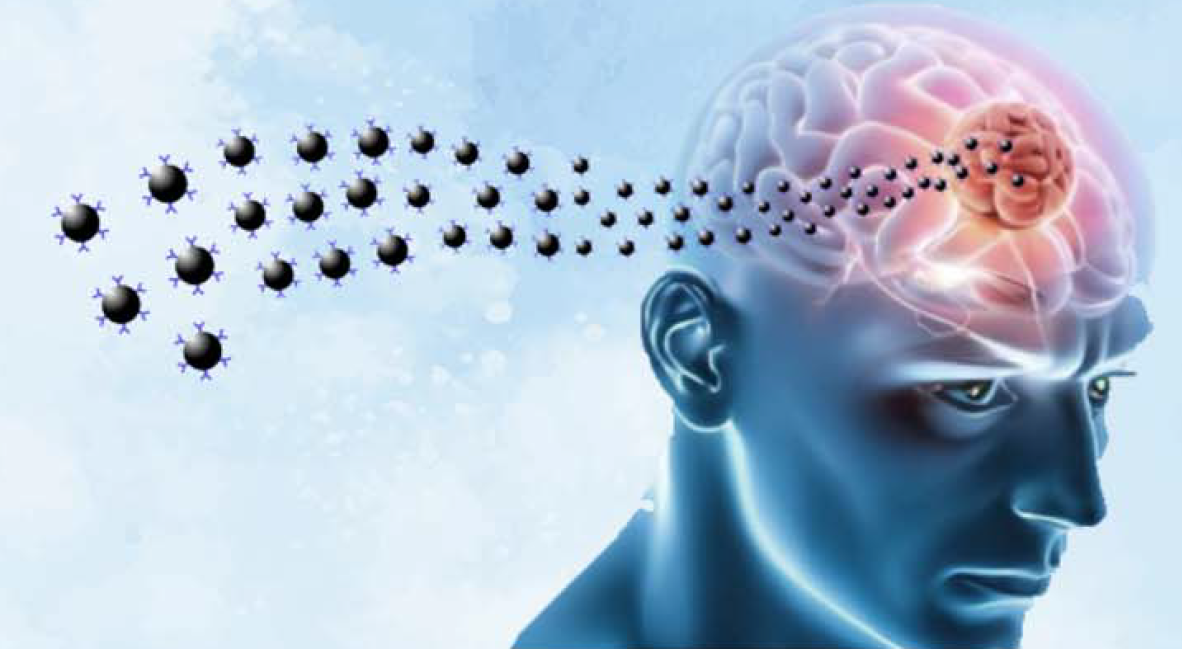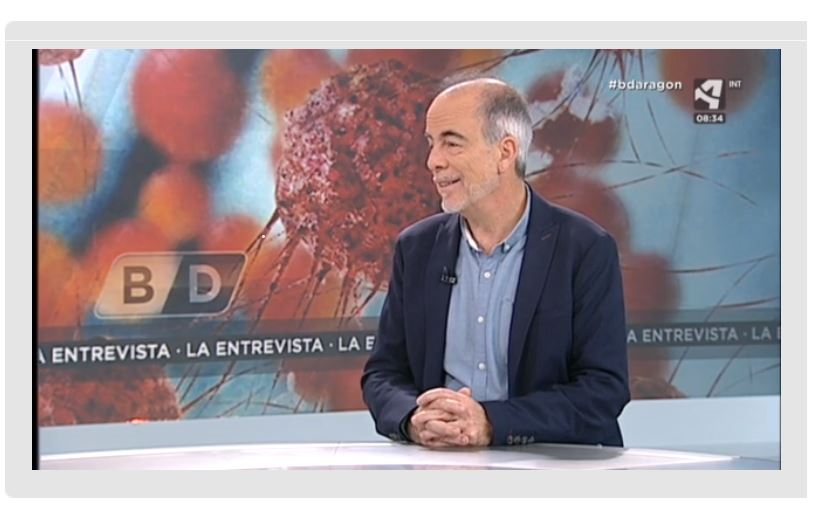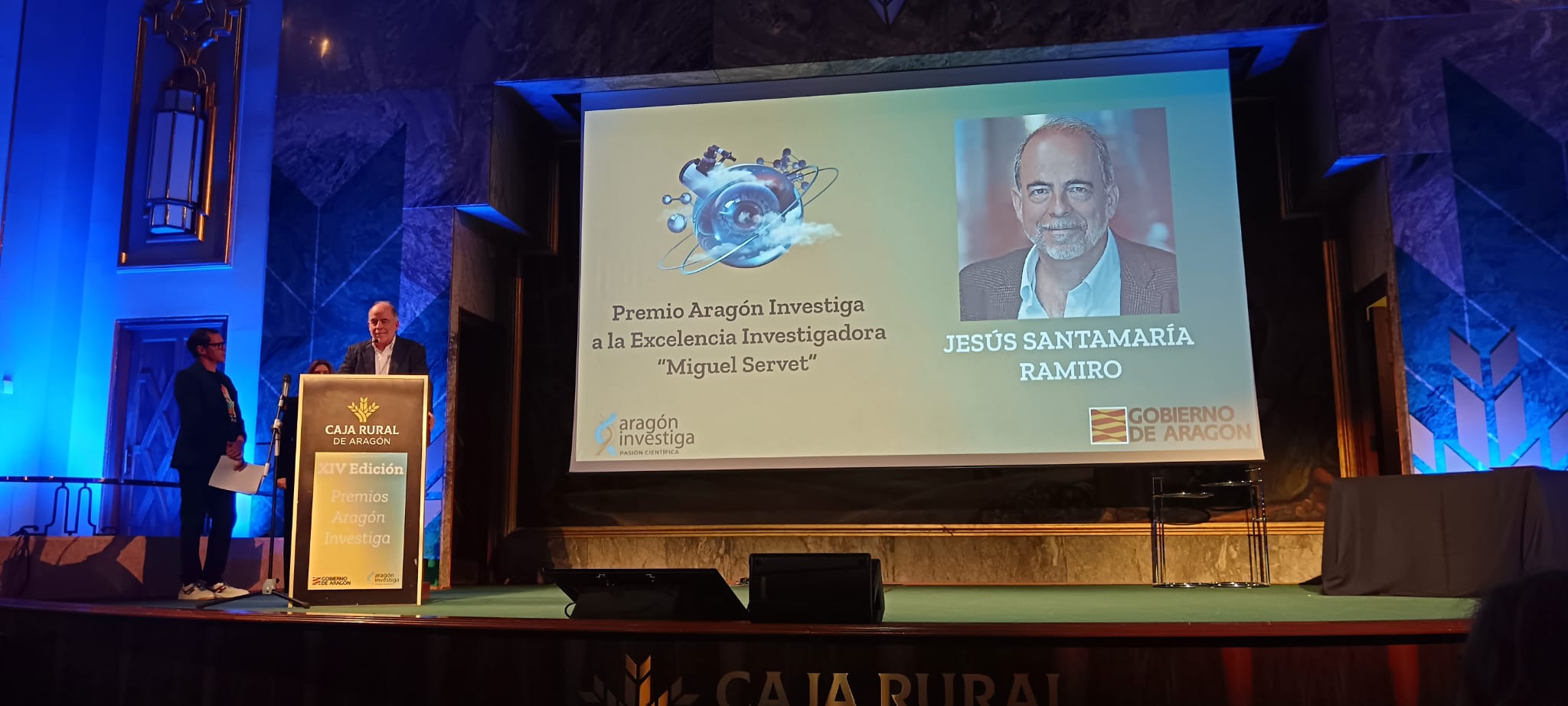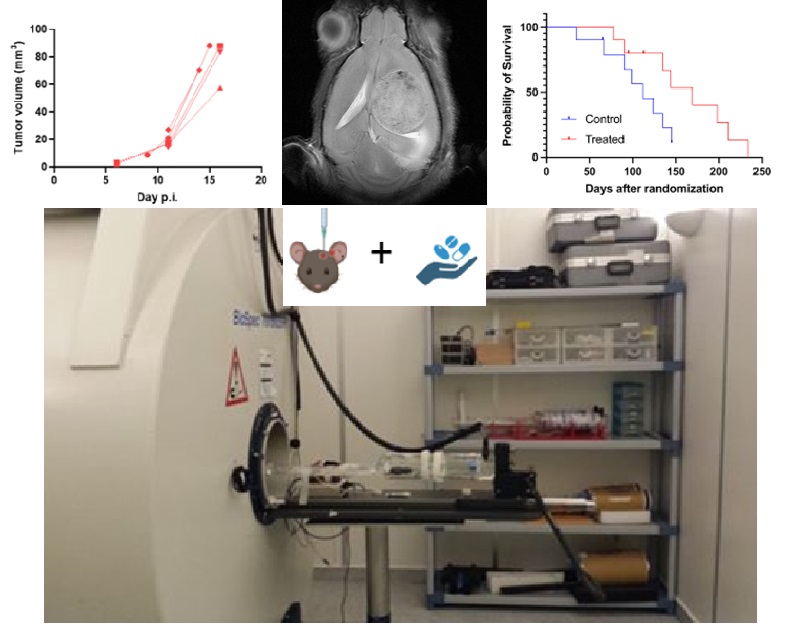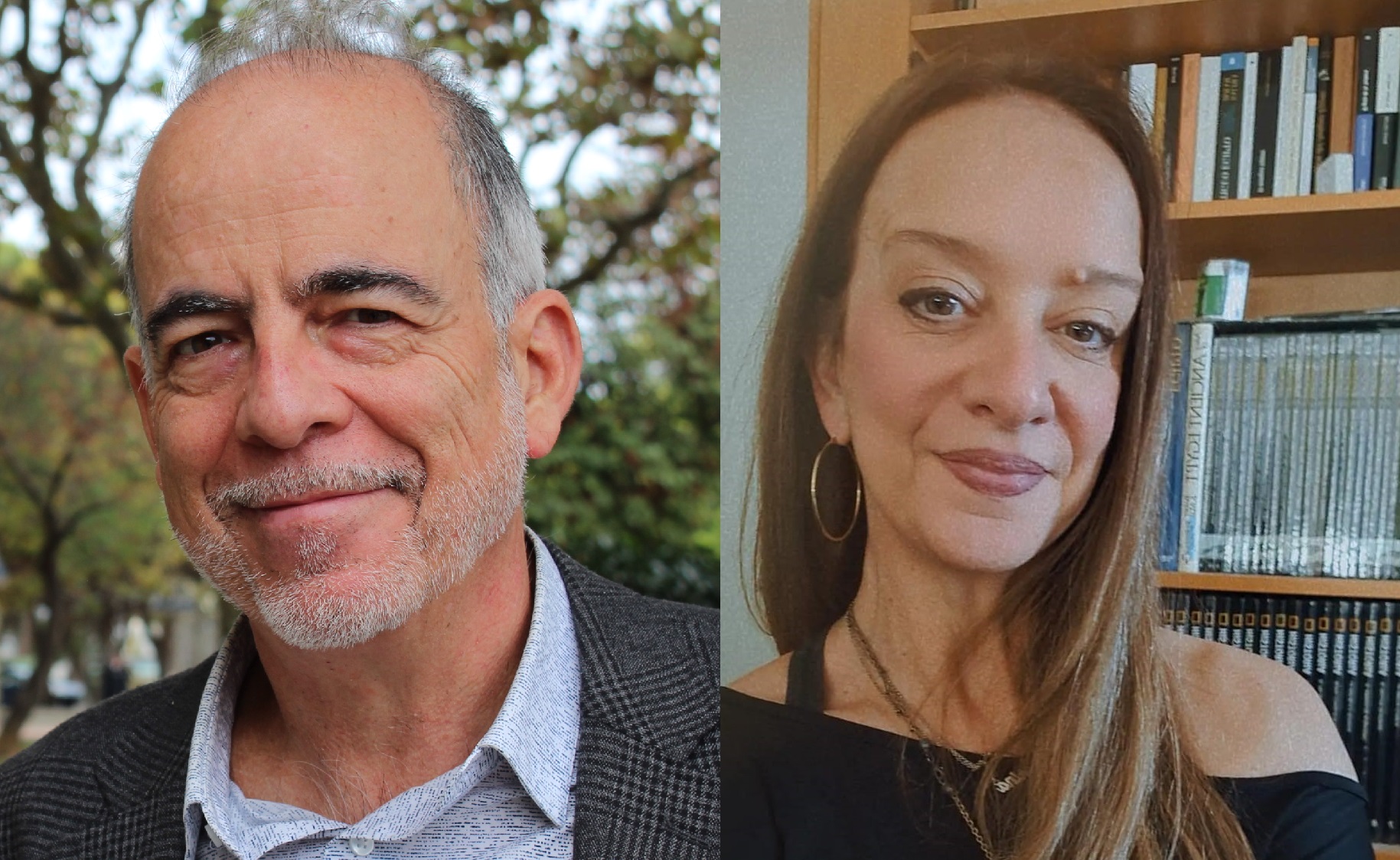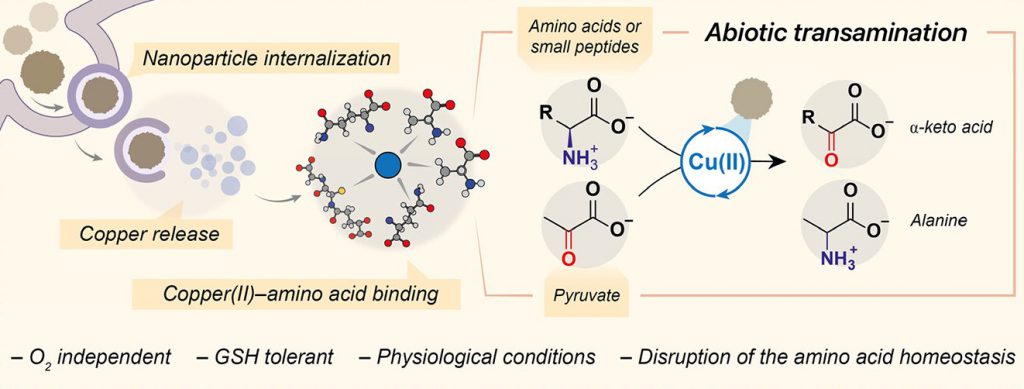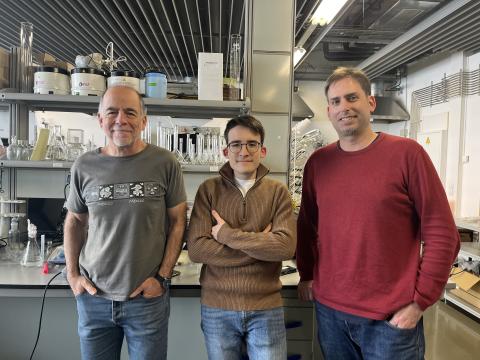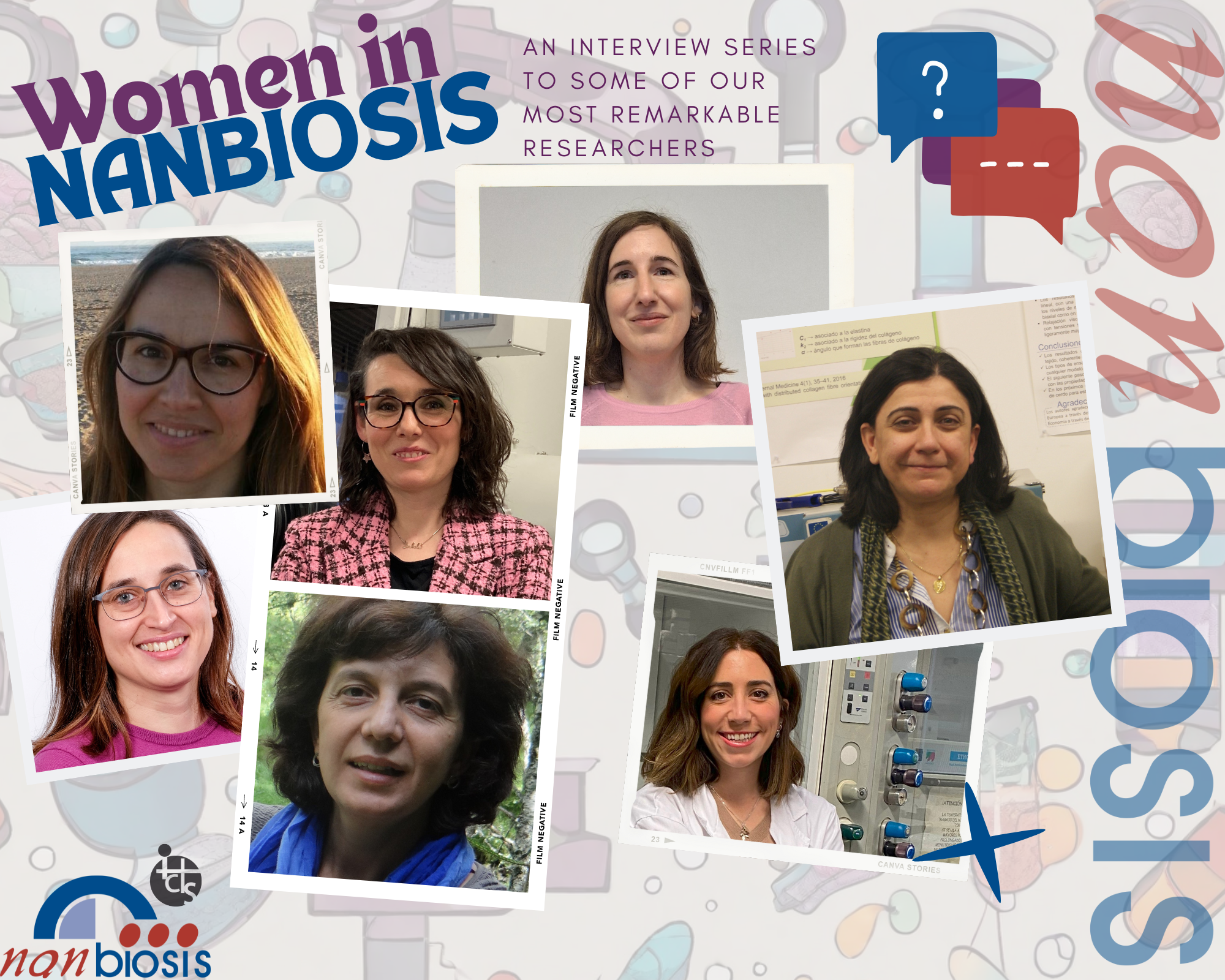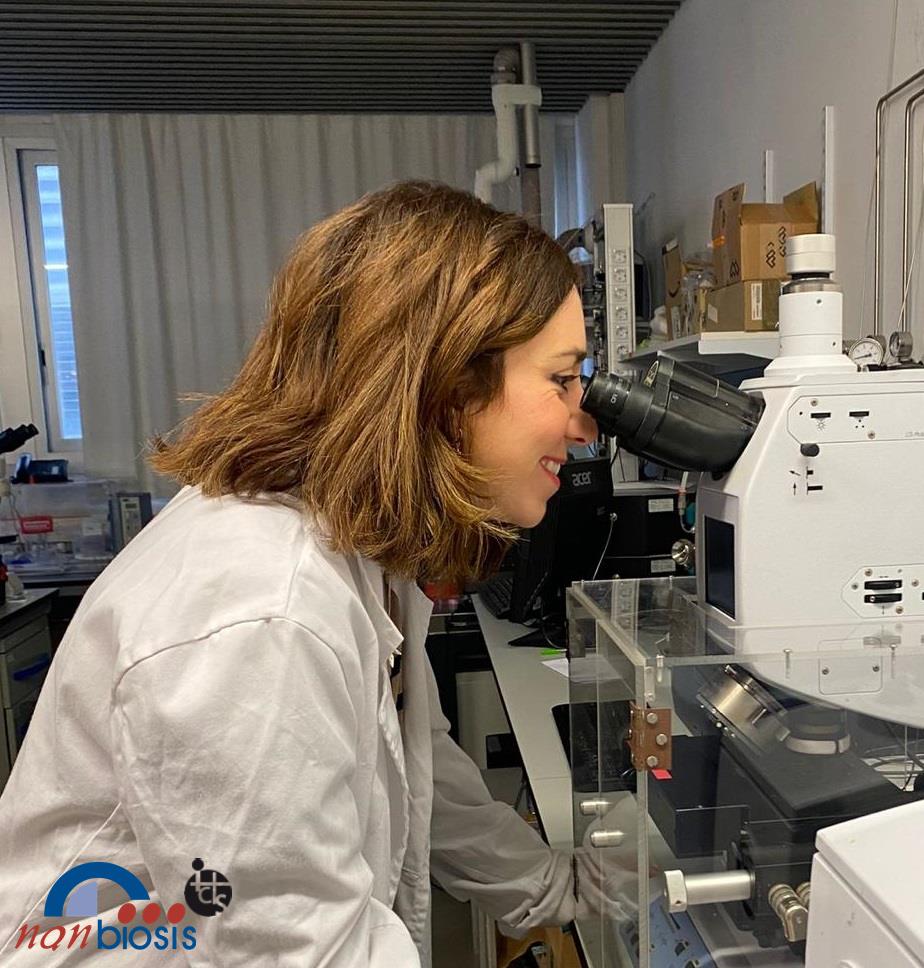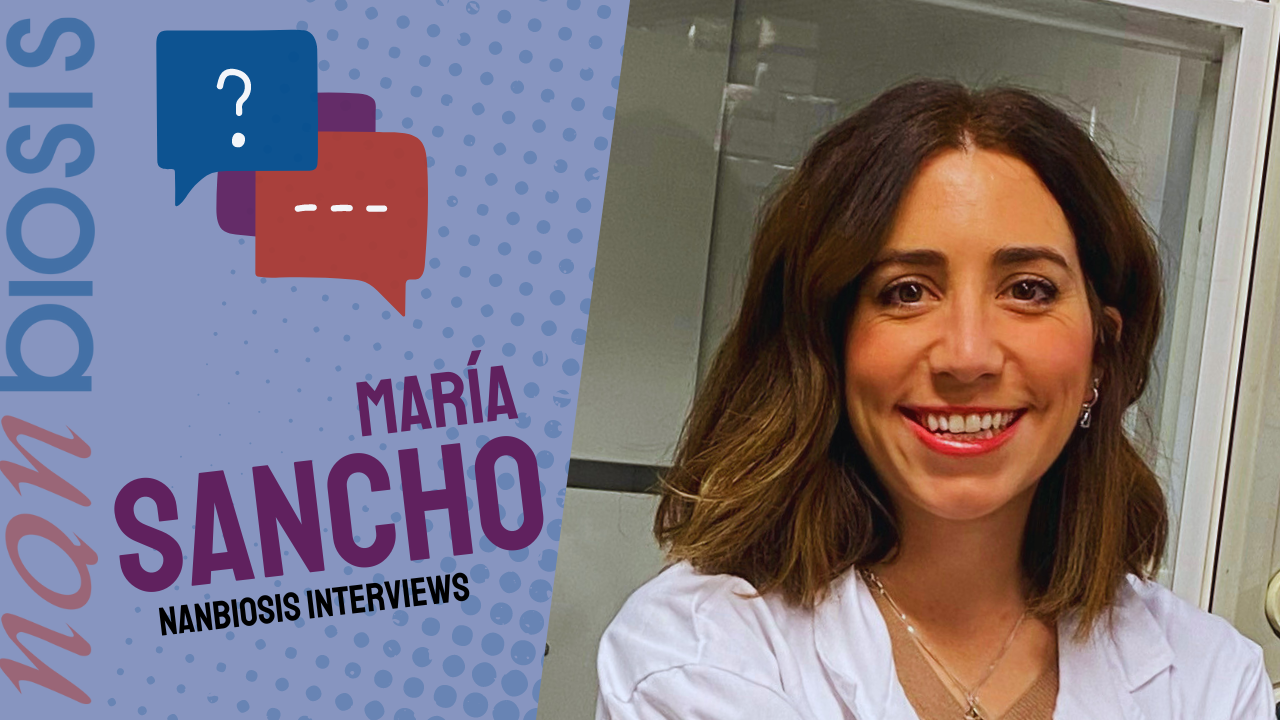María Sancho, NANBIOSIS researcher, and Ana Serrano, awarded ERC Starting Grants
NANBIOSIS Unit 9 researcher María Sancho wins ERC Starting Grant to develop nanotherapies targeting cancer metastasis with extracellular vesicles.
Zaragoza, September, 2025 — María Sancho, researcher at NANBIOSIS Unit 9 (Synthesis of Nanoparticles Unit), has been awarded a prestigious European Research Council (ERC) Starting Grant to lead a groundbreaking project in nanomedicine. Dr. Sancho, who we had the pleasure to intervew, works at the Nanoparticles and Nanostructured Films (NFP) group of the Institute of Nanoscience and Materials of Aragón (INMA, CSIC-Unizar), the Aragón Health Research Institute (IIS Aragón), the CIBER-BBN and NANBIOSIS.
Her project, SEVEN (Screening metastasis targeting properties of Extracellular Vesicle’s biomolecular corona for Engineering therapeutic biomimetic Nanoparticles), has received €1.5 million plus €343,500 for specialized equipment, bringing the total to nearly €1.85 million. Over five years, Sancho will establish her own team of three PhD students, two postdoctoral researchers, and a laboratory technician.
Pioneering nanomedicine against metastasis
SEVEN will investigate how nanomaterials and extracellular vesicles (natural nanocarriers produced by cells) interact with biological fluids. These interactions lead to the formation of a biomolecular corona, a layer of proteins and molecules that alters the surface identity of nanoparticles. This phenomenon often reduces their ability to selectively reach tumor cells.
By understanding and engineering this corona, Sancho aims to redesign therapeutic nanoparticles and extracellular vesicles to efficiently target cancer metastases, paving the way for personalized nanomedicine and improved drug delivery systems.
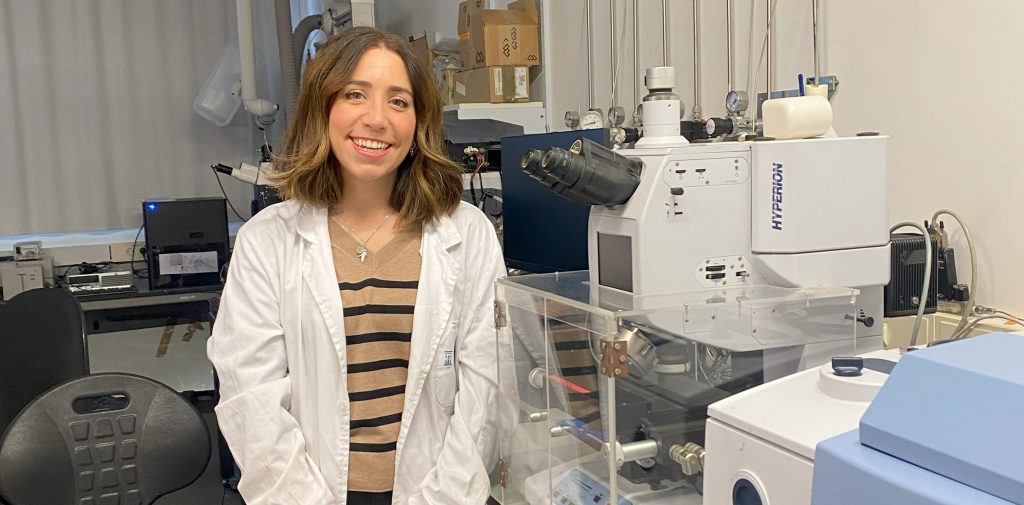
Sancho explains: “ERC Starting Grants are an exceptional opportunity for young researchers because they provide the technical and human resources needed to test new ideas and hypotheses. It is a dream for any young scientist at the beginning of their career, as it allows us to consolidate our research path.”
Scientific excellence and international recognition
María Sancho holds a PhD in Chemical Engineering (University of Zaragoza, 2020, Extraordinary Doctorate Award). She completed a postdoctoral fellowship at the Mario Negri Institute of Pharmacological Research in Milan under Prof. Luisa De Cola, supported by the Italian Association for Cancer Research (AIRC). Since 2023, she has been supported by an AECC Postdoctoral Talent Grant and a Marie Skłodowska-Curie Fellowship, which brought her back to Zaragoza. Her career has been recognized with distinctions such as the Premio Tercer Milenio and recognition of her thesis among the top ten in Spain by the Royal Academy of Doctors.
Ana Serrano also awarded an ERC Starting Grant
Alongside Sancho, Ana Serrano, professor at the Institute for Engineering Research of Aragón (I3A) and member of the Graphics and Imaging Lab, has also secured an ERC Starting Grant. Her project PROXIE (Perceptual Realities: Optimizing XR through Perceptually-Informed Experiences) explores how people perceive and interact with immersive extended reality (XR) environments, with applications in telemedicine, aerospace, cultural heritage, and education.
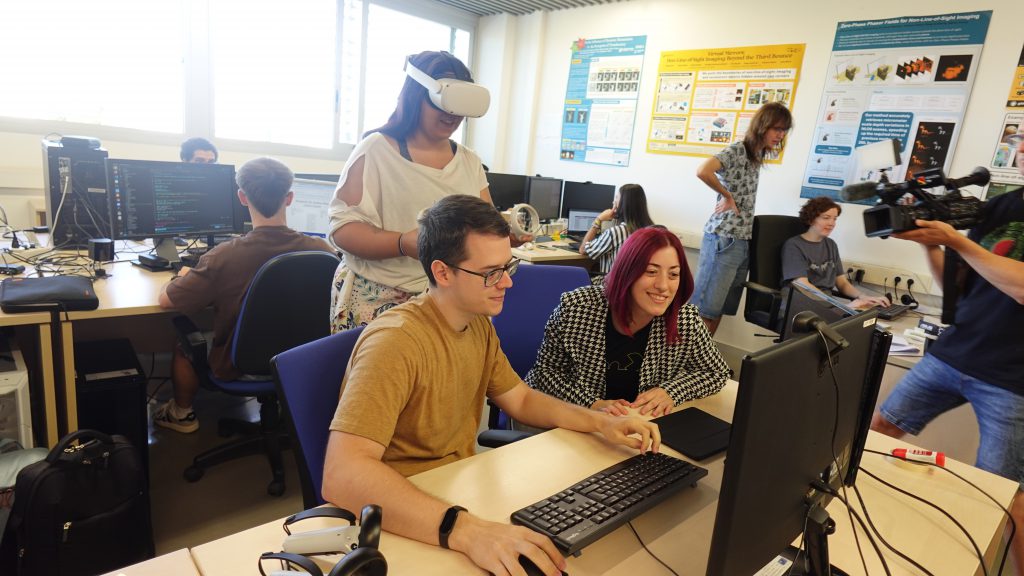
Boosting the international research profile of Zaragoza
With these new awards, the University of Zaragoza increases its ERC-funded projects to 22 since 2009, consolidating its role as a hub for cutting-edge biomedical and engineering research.
What is NANBIOSIS?
The goal of NANBIOSIS is to provide comprehensive and integrated advanced solutions for companies and research institutions in biomedical applications. All of this is done through a single-entry point, involving the design and production of biomaterials, nanomaterials, and their nanoconjugates. This includes their characterization from physical-chemical, functional, toxicological, and biological perspectives (preclinical validation).
In order to access our Cutting-Edge Biomedical Solutions with priority access, enter our Competitive Call here.
NANBIOSIS has worked with pharmaceutical companies of all sizes in the areas of drug delivery, biomaterials and regenerative medicine. Here are a few of them:
